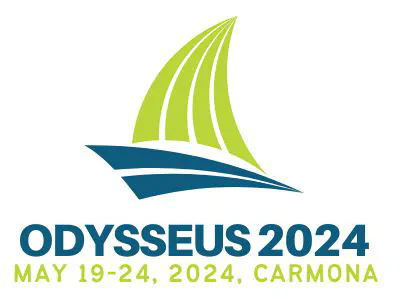An optimal control model for determining freight rail transport access costs

Abstract
The liberalization of European railway markets, as outlined in European Directive EU 91/440/EEC, mandates a vertical separation governance structure within the railway industry. This vertical separation involves the establishment of two distinct entities: the Infrastructure Manager (IM), responsible for providing railway resources, and the Freight Operating Company (FOC), which operates freight services utilizing the infrastructure provided by the IM. Determining track access pricing between these entities is of utmost interest for European countries extensive monitorings are carried out has emerged as a significant and urgent challenge, one that has profound implications not only for the profitability of IMs and FOCs but also for the efficiency and quality of the entire railway system.
Furthermore, this issue is pivotal in achieving the target objectives set by the European Union (EU), which aims to achieve a modal shift away from road freight transport towards more sustainable modes of transportation. Specifically, the EU has set a goal of achieving a modal shift of 30% by 2030 and at least 50% by 2050 for shipments exceeding 300 km. In this context, rail freight transport is widely recognized as a potentially cost-effective and environmentally sustainable alternative due to its ability to realize economies of scale, reduce pollutant emissions, and mitigate other externalities.
In this paper, we propose an optimal control method for pricing train paths so that the IM maximizes the utilization of public funding while promoting competition in the rail freight market and taking into account both environmental impact and road safety.
The methodology presents several challenges. First, the model needs to account for elastic demand to capture the effect of costs and travel times on modal split. For this reason, road freight transportation is simplified, and a modal split is performed using a logit model.
Second, it involves replacing a basic toll per kilometer scheme with one that incorporates the capacity of the railway network into the pricing process. This means that congested routes should be subject to higher charges than less-demand routes. Hence, a dynamic cargo flow model with capacities on arcs has been chosen. The temporal aspect of the model allows for consideration of dynamic demand patterns and temporally variable capacities (day/night).
The third element of the model deals with a non-additive cost structure and interdependence of train paths when sharing railway segments. This has been achieved by pricing the total revenue received for the use of train paths over the entire planning period.